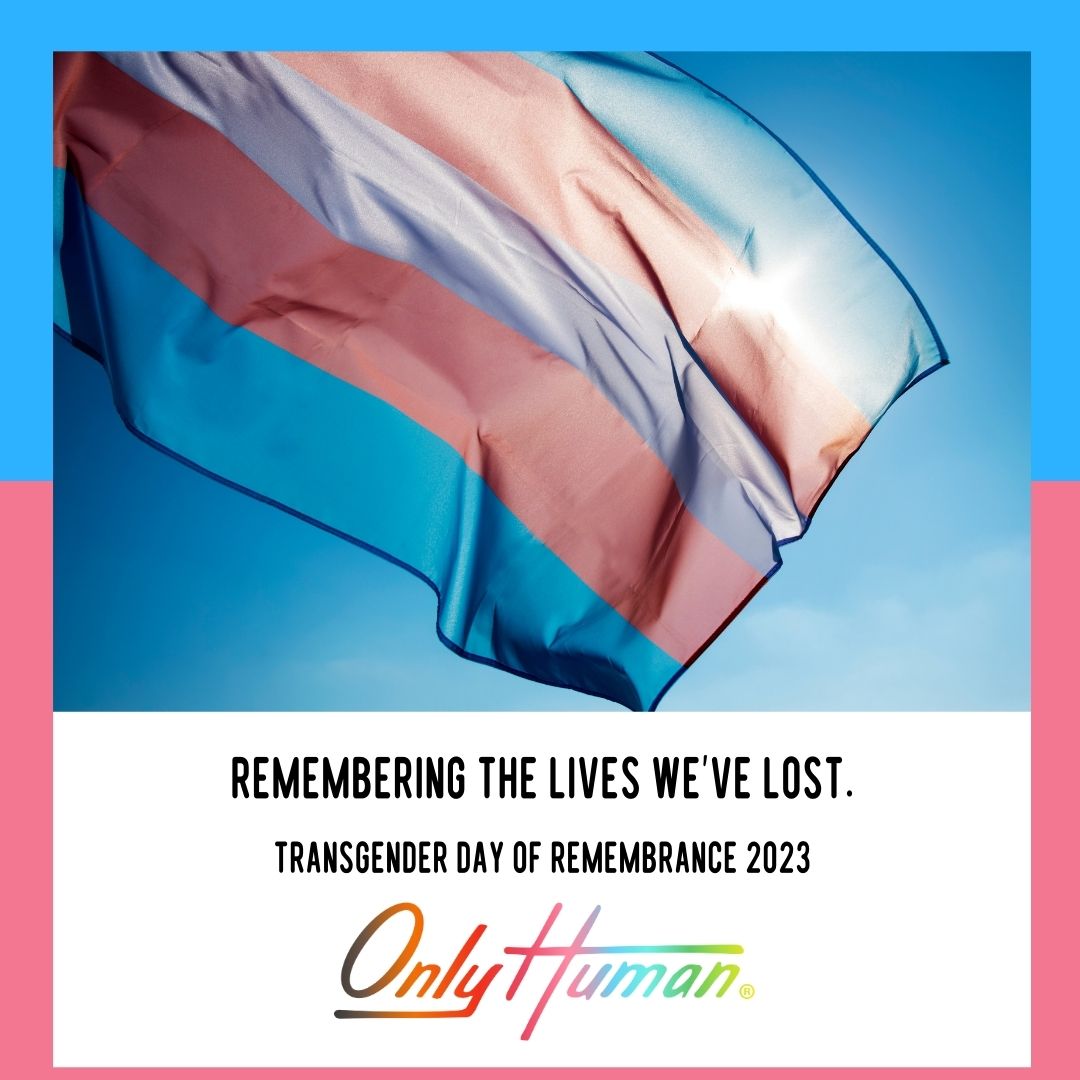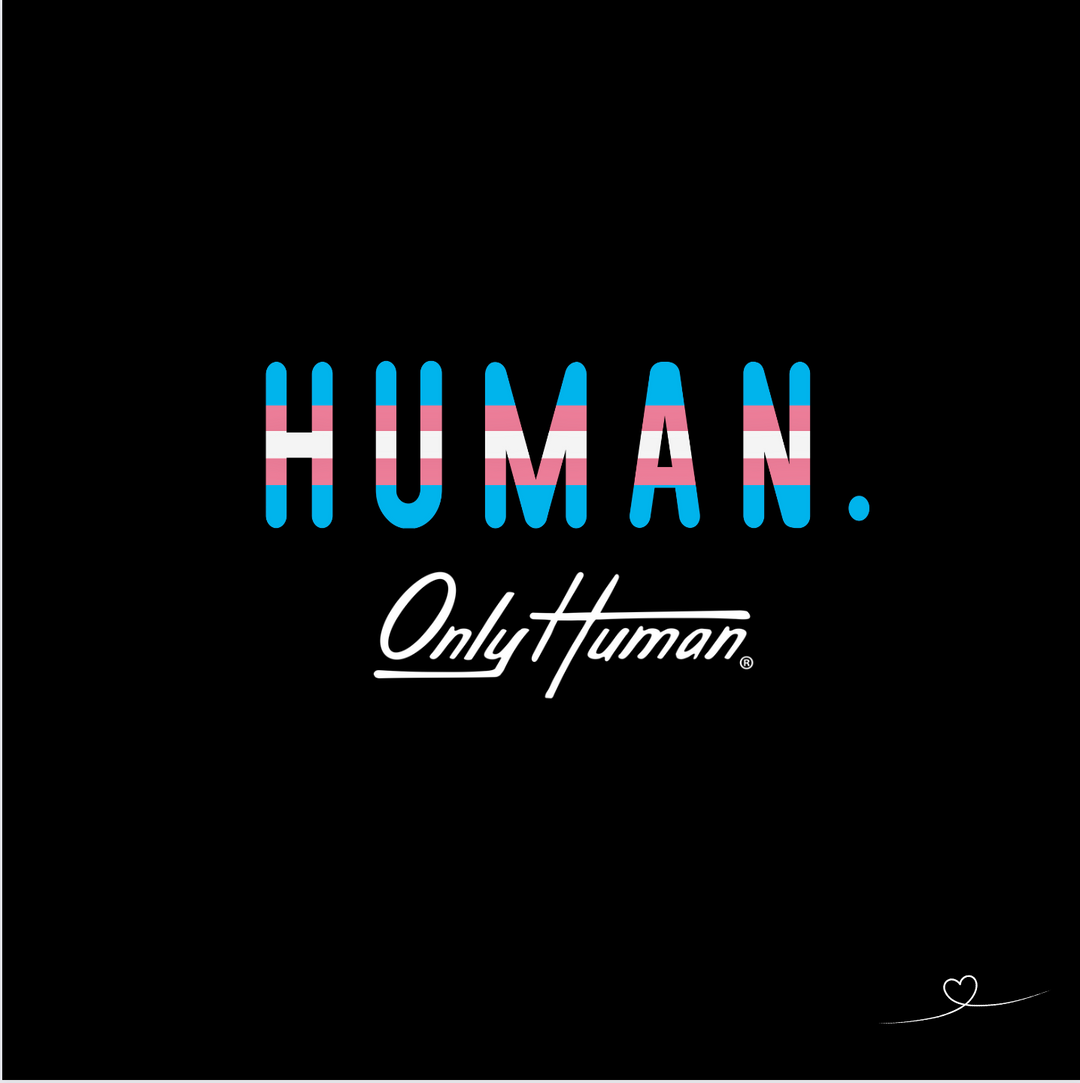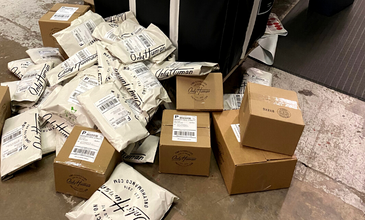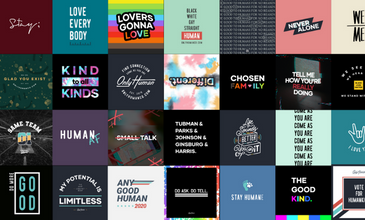Coming Home to Me

I grew up like many queer kids: always knowing I was different, but lacking the words to describe my experience. When I was a sophomore in high school, my best friend came out to me as bisexual. Her coming out sparked curiosity for my own identity. After our friendship abruptly ended for unrelated reasons, I suddenly lacked a safe space to talk about my feelings with someone else. Instead, I bottled them up and buried them deep inside myself where I was certain I’d never have to face them again.
Once I went to college, those feelings started to resurface again, but I tried to ignore them for as long as I could. Eventually, I faced them, and admitted to myself what I had always known: I was gay. Or, lesbian. Or, queer. “Gay” and “queer” seemed to be the only labels that felt right to me. After uncovering my sexual identity, I started to struggle with my gender identity, but still lacked the language and safe spaces to express my confusion.
Two years after coming out to myself, I discovered the world of drag. I aspired to become a drag king in my local Montana community, and one day I chased that aspiration. I cut off my long blonde hair into a short hairstyle and transformed myself into a drag king all in the same day. My sudden change in hairstyle and performance of the opposite gender forced me to revisit the confusion surrounding my gender, but I still struggled to name it. I was born a female, but that word and the language that came with it never fit. I’d perform as a male and often dressed and acted like a “tomboy,” yet male language and terminology didn’t fit right either.
A couple of months after my first drag performance, I found myself sitting in orientation for grad school. Sitting in front of us was a name placard with a place to write in our pronouns. When I went to write in mine, I froze. The pronouns “she/her” that I’d defaulted to for so long suddenly felt like a lifetime of lies. I looked around the room and noticed my trans and non-binary classmates filling in their chosen pronouns with confidence. In that moment, everything clicked: I wrote down “they/them/theirs” in that pronouns slot and never looked back.
Understanding our individual identities, queer or otherwise, is a lifetime journey. We never truly arrive at fully actualized version of ourselves, but instead find ourselves arriving at various places where we feel most comfortable with who we are in that moment. At least, that’s the way I found my experience to be. Coming out can’t be timed. We come out when it makes sense to us. We come out again when the language we use changes. For family members, friends, and allies, it may be frustrating to keep up with the various ways we choose to describe our identities. For those of us living into those identities, that journey is so much more complex. To friends and family: be patient with us. We’re all trying to find ourselves, and we as humans aren’t meant to be static. To the others in the LGBTQ+ community and questioning: Be patient with yourself. Be brave and bold in exploring different language to describe yourself. Know that it’s OK to find something that fits one day, only to find it doesn’t feel right the next. You are always becoming, and who you are in this moment is ENOUGH.










Leave a comment